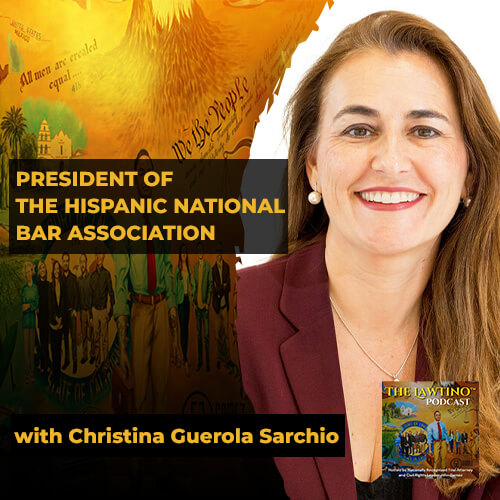December 3, 2009 –All counterfeit products are illegal. But counterfeit electronics are not just illegal, they are dangerous.
“These things can kill you,” says Brett Brenner, president of the Electrical Safety Foundation, an industry-funded organization based in Roslyn, Va. “A counterfeit purse or a CD isn’t going to hurt you. But a counterfeit electrical product will hurt you.”
The danger with these copy cat electrical items is not obvious. In many cases they look just like the original. But because they are not made to the same standards and are not tested for safety, they might start a fire or electrocute someone.
Agents with U.S. Customs and Border Protection do their best to find the fakes before they make it to market. But they can only check a small number of the incoming shipments. Even so, they seized nearly $23 million worth of counterfeit electronics last year. That’s up 43 percent from 2007. And from all indications this year will be even worse.
Bogus safety seals
Counterfeit electronics often have fake safety seals to make them look legitimate. In the U.S., that usually means a bogus UL mark. It makes you think the product meets Underwriters Laboratories strict safety standards, when in reality it has not been tested.
Various products have been found with counterfeit UL marks, including: lighting fixtures, portable lamps and ceiling fans, battery chargers and night lights.
Christmas lights are the perfect product for counterfeiting – high volume and low manufacturing cost. UL recently issued a warning about icicle lights sporting a fake UL symbol. These lights can shock you or overheat and cause a fire.
John Drengenberg, director of consumer affairs at Underwriters Labs, tells me less than 1 percent of the 19 billion UL marks on consumer products are not legitimate. But he says even one is too many.
“We take this very seriously,” Drengenberg says.
In July, UL released a new safety seal – a gold foil hologram – to replace the silver holographic mark counterfeiters are now able to copy.
“This label is very much like U.S. currency,” Drengenberg explains. “It’s got color-shifting ink in it. It’s got the UL logo floating in the background because it’s a holographic label. And we also have a lot of hidden information in the label that we can use for anti-counterfeiting measures.”
UL requires manufactures to use the new gold foil seal on a number of items that are popular with counterfeiters. These include: extension cords, power strips, surge protectors, holiday lights, decorative ornaments, night lights and ceiling fans. The foil must be attached to product, not the package. It will take some time for the transition to take place, but I’ve already seen UL’s gold foil on several products.
How to protect yourself
It isn’t always easy to spot a counterfeit. But you can reduce your chances of buying one.
★ Check the package: Beware of any electrical product that does not have a brand name (it just says “extension cord” or “power strip”) or UPC bar code. Legitimate items always list a company name and address.
★ Look for typos: Spelling or grammatical errors (an obvious red flag) are often found in the directions on the package.
★ Consider the price: Be skeptical of any product where the price just seems ridiculously low. Walk away from any deal that’s too good.
★ Consider where you shop: The experts tell me most counterfeits are found at bargain stores, flea markets, street vendors or questionable Websites. You can greatly reduce you chances of getting burned by shopping at well-known stores or trusted Internet retailers.
If you spot a fake electrical product, report it to the company and the Consumer Product Safety Commission.
If you or a loved one has been injured by a defective product, contact theDefective Product lawyers of the Gomez Law Firm today.







